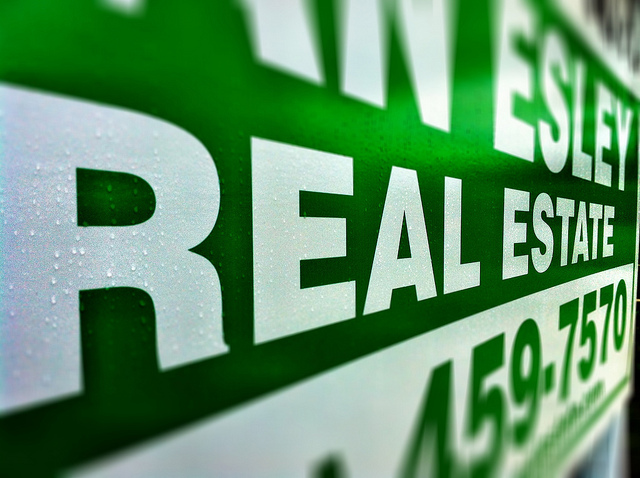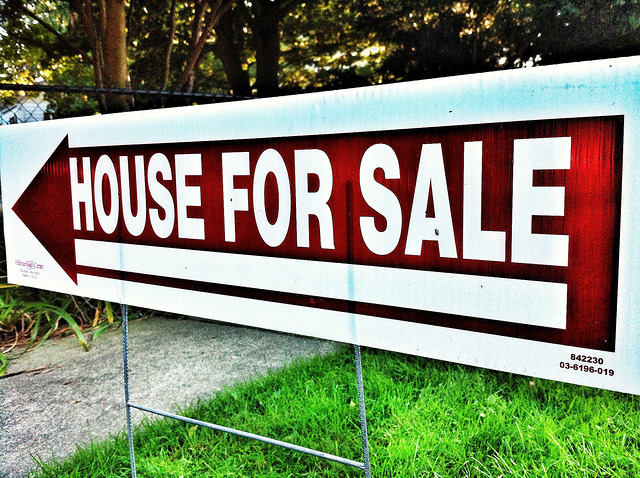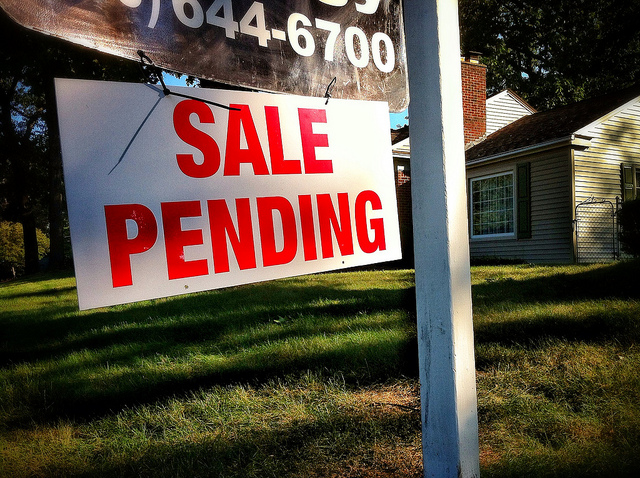Saving for a down payment is often a big hurdle for buyers, especially those purchasing their first home. Without the benefit of equity from a previous home’s sale, first-time home buyers have to come up with the money from scratch. That can be difficult, especially if they live in an area where there are fewer homes available in an affordable price range. So, if you’re thinking of buying a home in the near future, how much should you expect to need? Well, one recent analysis looked at down payments by state and found that the nationwide average was $28,000 – though there was a pretty wide range depending on location. For example, West Virginia had an average down payment of just over $15,000, while New York came in at $43,404. Other states, including Florida, Texas, North Carolina, Nevada, and Illinois, were within a few thousand of the national average. Wherever you’re buying, though, you will have options depending on the particular terms of the loan type you’ve chosen. Which means, averages are good for getting a ballpark idea of what other buyers are putting down but may not reflect the actual amount required when it comes time to sign the paperwork. More here.












